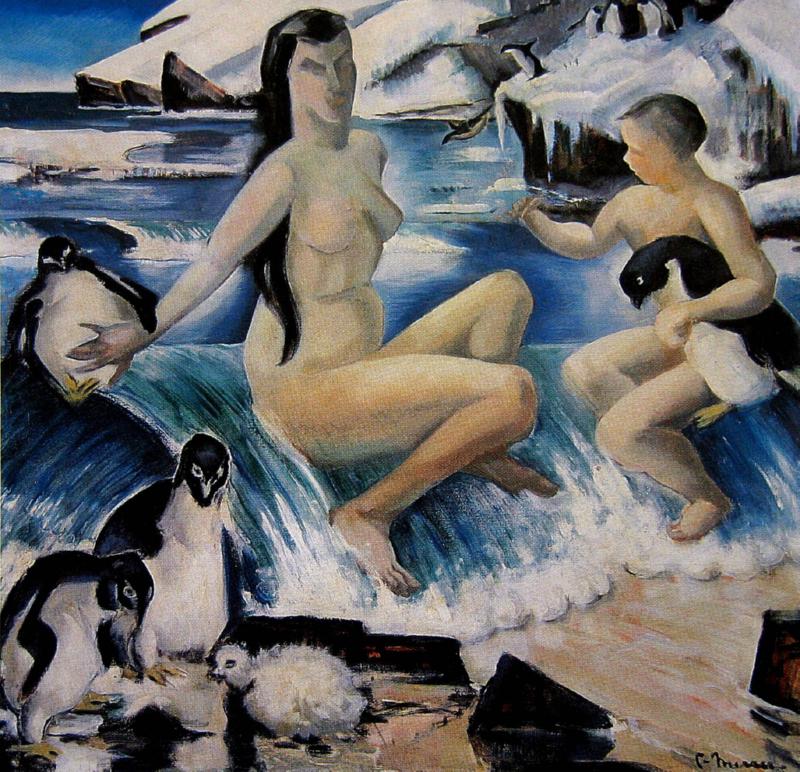'Since my dear Boy’s death': Grief, botany and gender in 19th Century Western Australia
Keywords:
Nineteenth century Australian women's writing, botany, Indigenous people, namingAbstract
In 1830, soon after her arrival on the shores of Augusta, WA, Georgiana Molloy gave birth to, and lost, her first child. The baby was buried in a grave sown with English plants which entwined with the Australian natives. While the function of the bush grave has usually been to indicate ownership, Georgiana's representation of the flora mingling on this grave illustrates a responsiveness to her surroundings, rather than possessiveness. This awareness became marked on the later death of her son, which prompted an obsession with collecting plants for English botanist James Mangles. As Georgiana's gender prohibited her education in the Linnaean system for naming plants, she referred to their Indigenous names, or created her own. This gave rise to a relationship with her environment that was sensitive to its unique detail, rather than being mediated through an artificial system. By sending the seeds and plants to England and requesting from Mangles their 'proper' names, Georgiana was still implicit in the process of renaming which contributed to the dispossession of the Indigenous people. However, the burial of her children in the soil also prompted an intensely personal and poetic relationship with her surroundings, which was quite different to that of the collectors on the opposite side of the world.Downloads
Published
2013-11-10
Issue
Section
Articles
License
The copyright for articles in this journal is retained by the author(s), with first publication rights granted to the journal. By virtue of their appearance in this open access journal, articles are free to use with proper attribution in educational and other non-commercial sectors.Attribution-NonCommercial-ShareAlike 2.1 Australia
This work is licensed under the Creative Commons Attribution-NonCommercial-ShareAlike 2.1 Australia License. To view a copy of this license, visit http://creativecommons.org/licenses/by-nc-sa/2.1/au/ or send a letter to Creative Commons, 543 Howard Street, 5th Floor, San Francisco, California, 94105, USA.
How to Cite
’Since my dear Boy’s death’: Grief, botany and gender in 19th Century Western Australia. (2013). Journal of the Association for the Study of Australian Literature, 13(2). https://openjournals.library.sydney.edu.au/JASAL/article/view/9869

